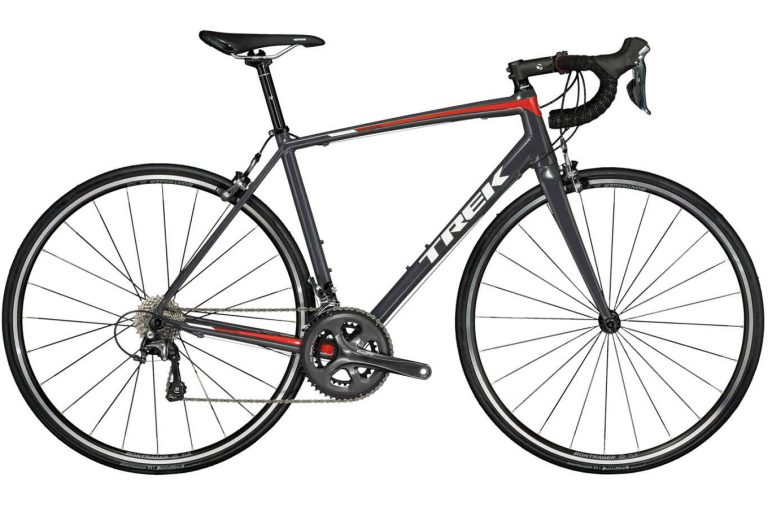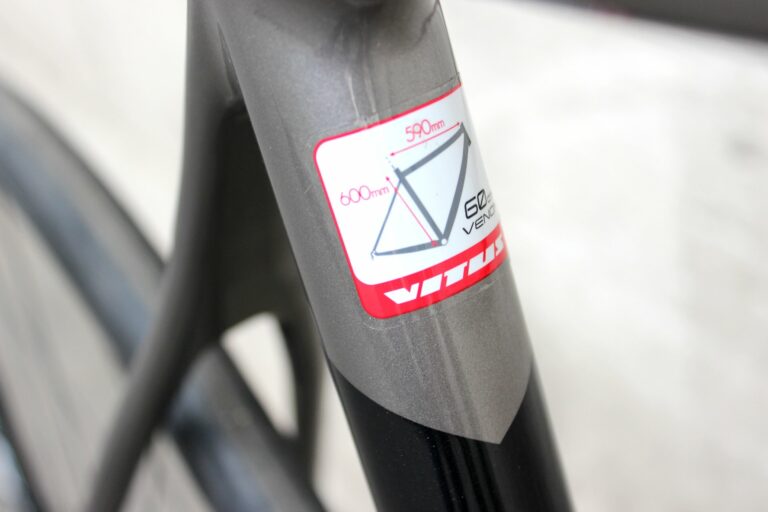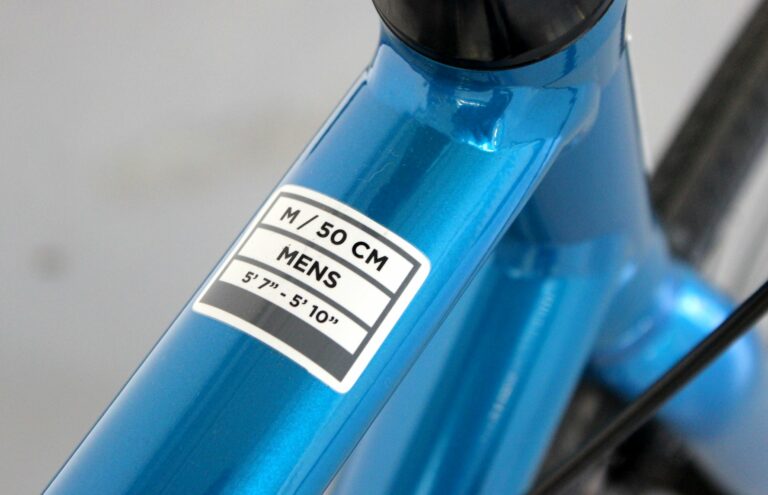



Power meters have been seized with both by hands by pro teams and their riders since SRM was pioneered by the likes of three-time Tour de France champion Greg LeMond. “I honestly believe that if you’re not using a power meter, you are giving up a huge chunk of information,” Garmin-Cervelo boss Jonathan Vaughters told ProCycling.
CycleOps PowerTap is a hub-based system – cheaper and easier to switch between bikes than their crank-based counterparts – using a strain gauge to measure torque.
The SL+ (£1,080 – £1,280) is second in the range, below the elite-level SLC+, with wireless 2.4 GHz transmission, Ant+ support, 15mm alloy axle and freehub body, and carbon/alloy hubshell – all in all, weighing 412g.
Vaughters added: “There are always going to be riders who can compete at the ProTour level without using a power meter, but to my mind those riders are under-utilising their talent.”
That’s the key with power – it’s an accurate, reliable and objective output by which to measure the intensity of riding. Like heart rate, you say? That’s often affected by external factors: how much sleep you got the night before, how well you’re hydrated or even the temperature. But power needn’t be the preserve of pro riders.
So I’ve become the RoadCyclingUK PowerTap experiment: a regular rider with ambitions of racing in the future – but currently standing at a relatively low base from which to fully utilise the benefits of PowerTap.
The SL+ hub measures power (watts), along with a host of other data, including speed, time, distance, elevation, gradient and calories burned, and transmits it wirelessly to the stem-mounted Joule 2.0 computer (more on that later).
The key to maximising the efficiency of your riding is to establish ‘training zones’, which can typically be broken down into six categories: recovery, endurance, tempo, lactate threshold, VO2 max and anaerobic capacity, found either through a stint in a sports lab or a do-it-yourself experiment of five second, one minute, five minute and 20 minute all-out tests.
Having the discipline to train within those zones, whether it be a long, steady ride to build endurance or time trial efforts, will ensure progress as a cyclist, regardless of whether you’re a training-obsessed category one racer or a weekend warrior looking to maximise the little time you have.
I picked up my hub and Joule from UK distributor Paligap en-route to preview the Llandovery CycleOps Power Road Sportive – a super-hilly ride deep in the mountains of mid-Wales. Fitted on a Mavic Open Pro wheelset, the setup took up its position aboard the Trek Madone 5.2 currently on test.
There’s a wealth of on-the-spot information to be gleaned from the Joule, and it’s easy to flick between data options, the most useful, for me, being watts (current, average, maximum), cadence and, importantly, zones (current power zone and average power zone) – that’s crucial in order to adjust your power output for the type of ride you’re doing which, in deepest Wales, meant trying to conserve valuable energy for the leg-burning and energy-sapping climbs.
As it turns out, I got it wrong, flitting between zones on an ill-disciplined first ride and flagging before the end was in sight – and that’s where PowerAgent comes into play. The software, available to download on Windows or Mac via the CycleOps website, allows you to upload and analyse your workout.
The data is vast, with points of interest including the amount of time (and percentage of ride) spent in each of the defined zones, peak power (over a range of times from five seconds to 120 minutes) and, best of all for picking up on my downfall, a graph of the ride plotting power, speed, cadence, torque, elevation and temperature.
Highlighting first the back-to-back trio of climbs on the Abergwesyn mountain road, then the 30 per cent Devil’s Staircase, here I had flown out of the traps, nudging 600 watts at the base of the climb before trailing off significantly as I hauled myself up the still steep upper slope.
And the damage done in 14 minutes of over-exuberance? 772kJ, or 184 nutritional calories, and an almighty plunge into already depleted glycogen supplies which would be impossible to recover. That, of course, is just scratching the surface of PowerAgent’s capabilities, but a worthwhile example of how such data can improve your riding. Next time – slow and steady, relax at the bottom of the climb and aim to keep a consistent tempo.
So there, in black and white, are the two distinct benefits of training with power – to maximise your training, ensuring you get as much out of your time as possible, and improving your riding style to better tackle the challenges the road throws at us. Both measurable and traceable to track improvement.
Of course, all this number-crunching may leave you nodding off – after all, cycling is meant to be fun. And it’s important not to become obsessed by numbers – your body will still dictate the terms – but if you want to see a tangible improvement in the way you ride your bike then PowerTap is a sure-fire route to success. Let’s see how I get on.





